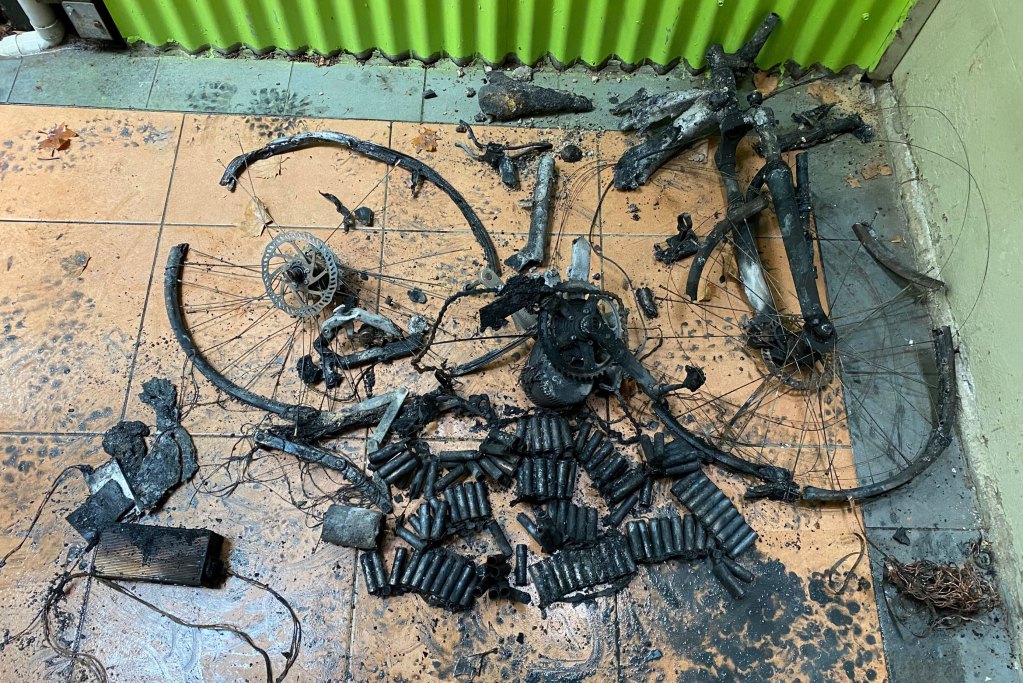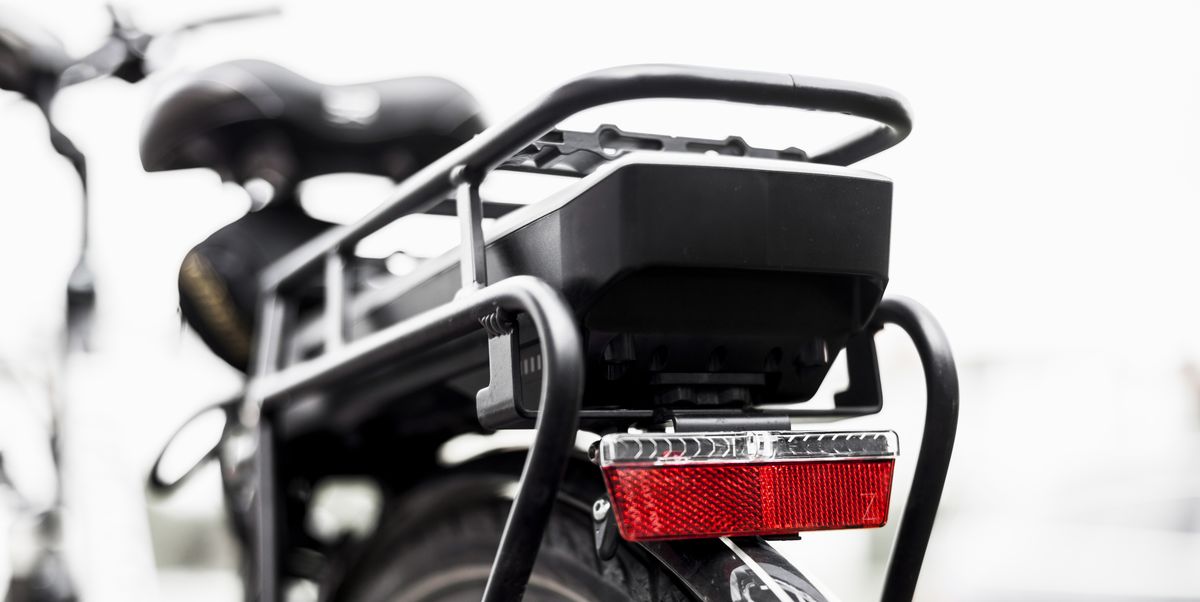ChezCheese:)
Well-Known Member
- Region
- USA
- City
- Kitsap Co, WA
They don't mention the type of ebike or battery manufacturer or whether the charger was original manufacturer or not. That would be nice to know....

 www.theguardian.com
www.theguardian.com

E-bike left on charge blamed after fire engulfs Sydney home
More than 20 firefighters sent to three-level Darlinghurst terrace to put out the blaze





